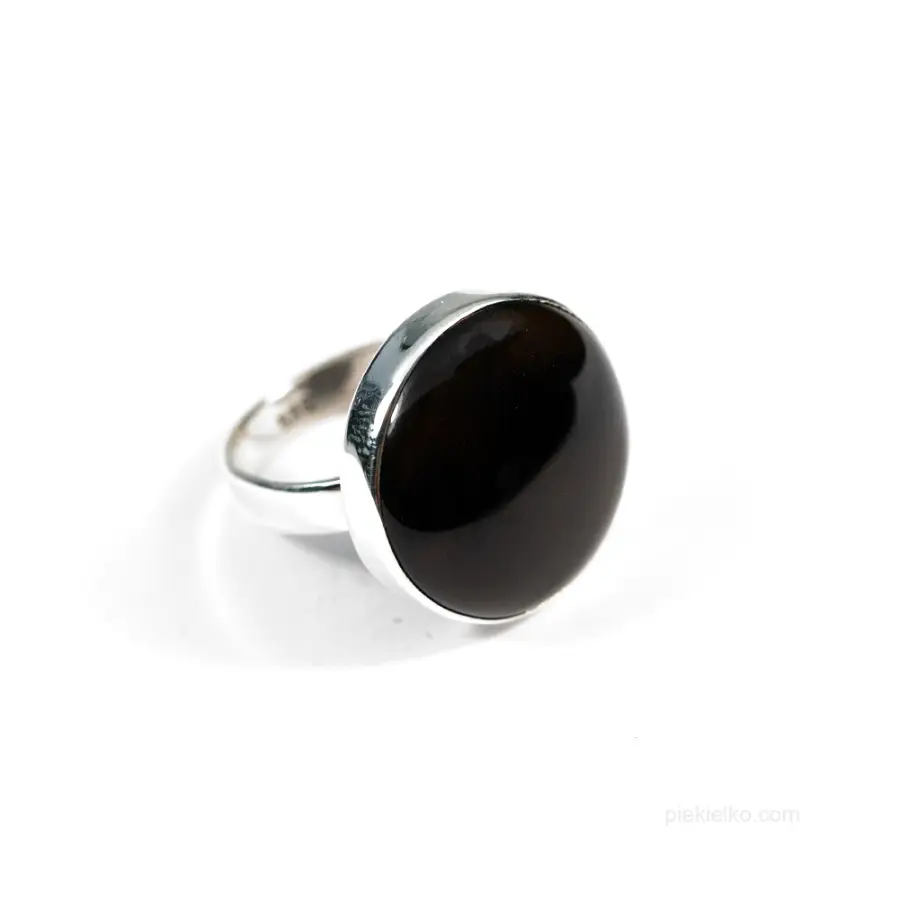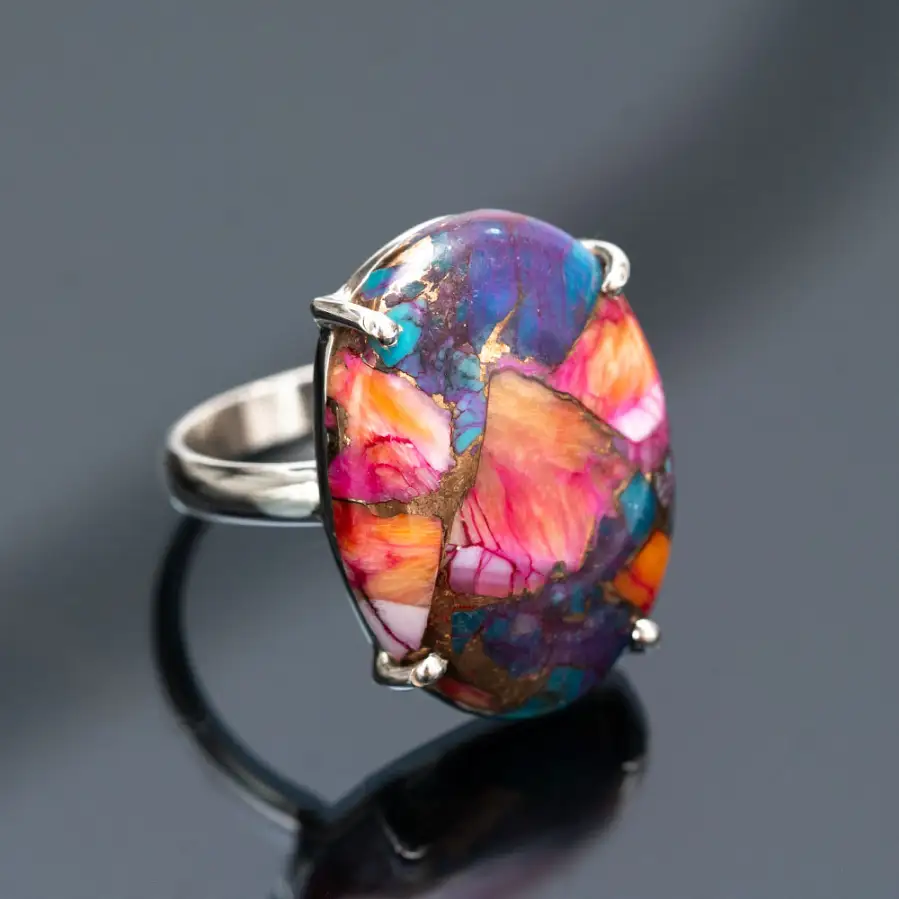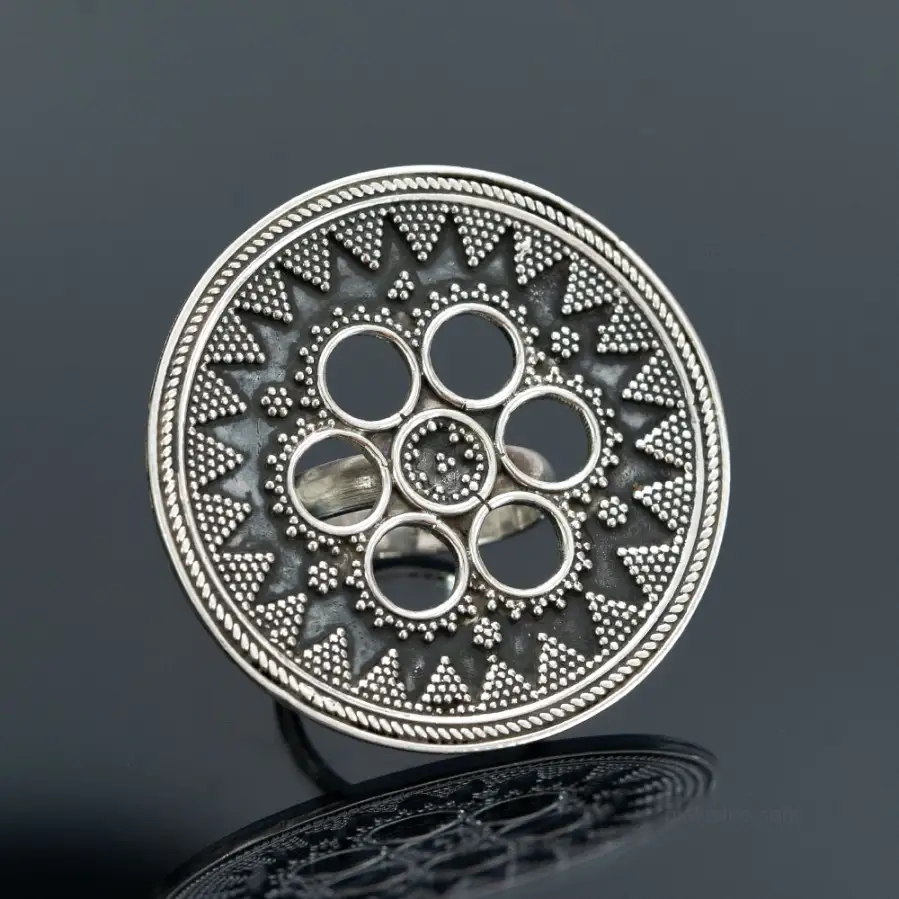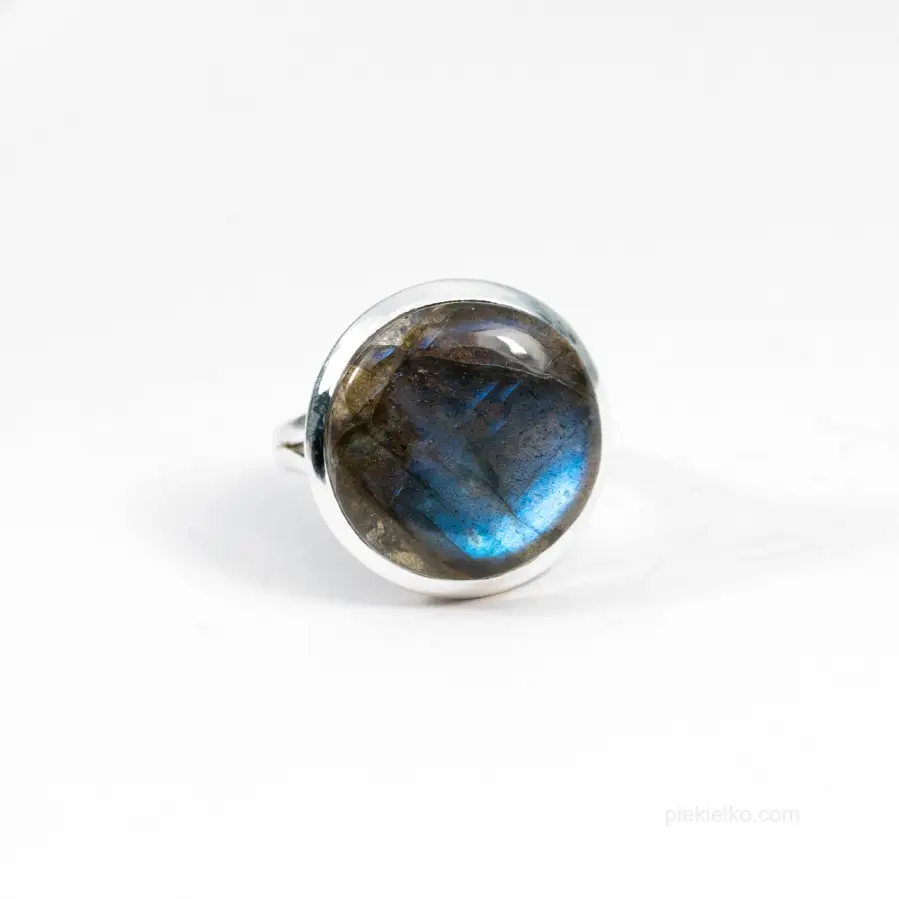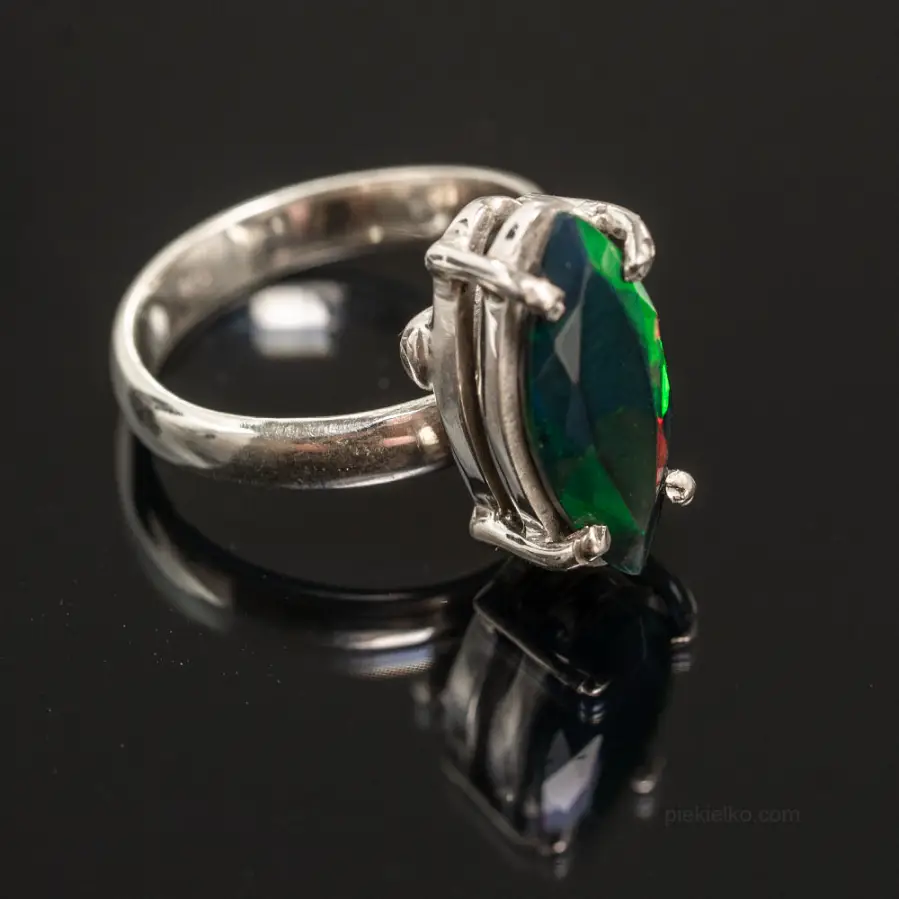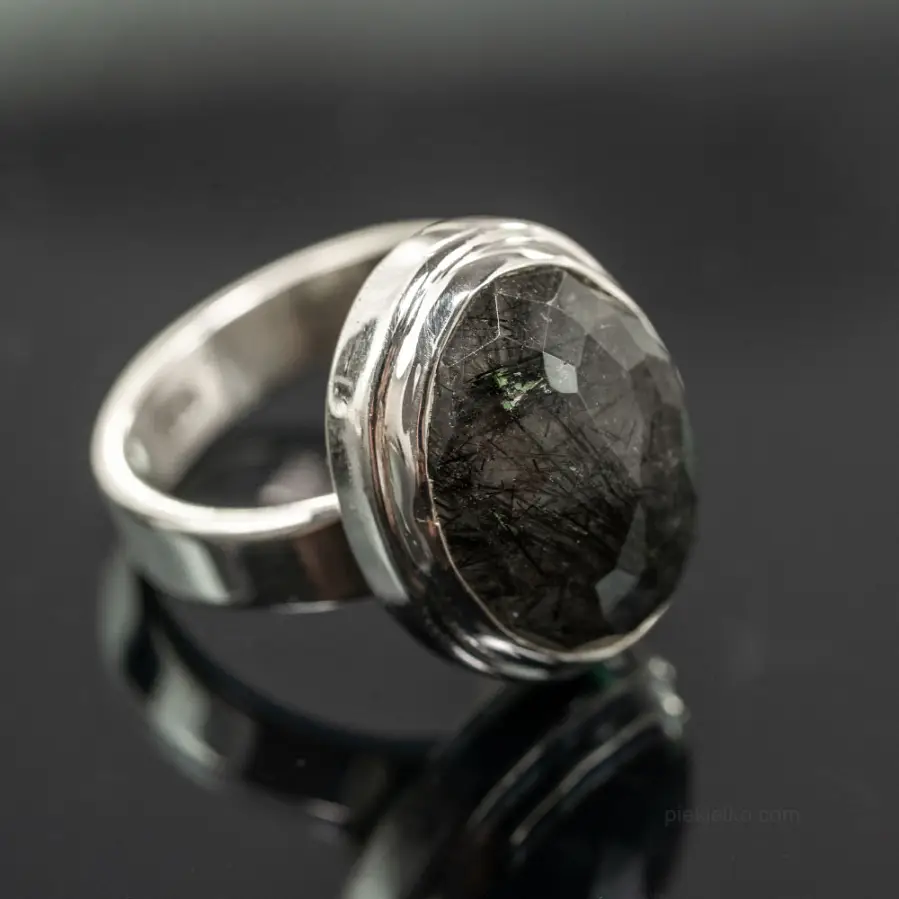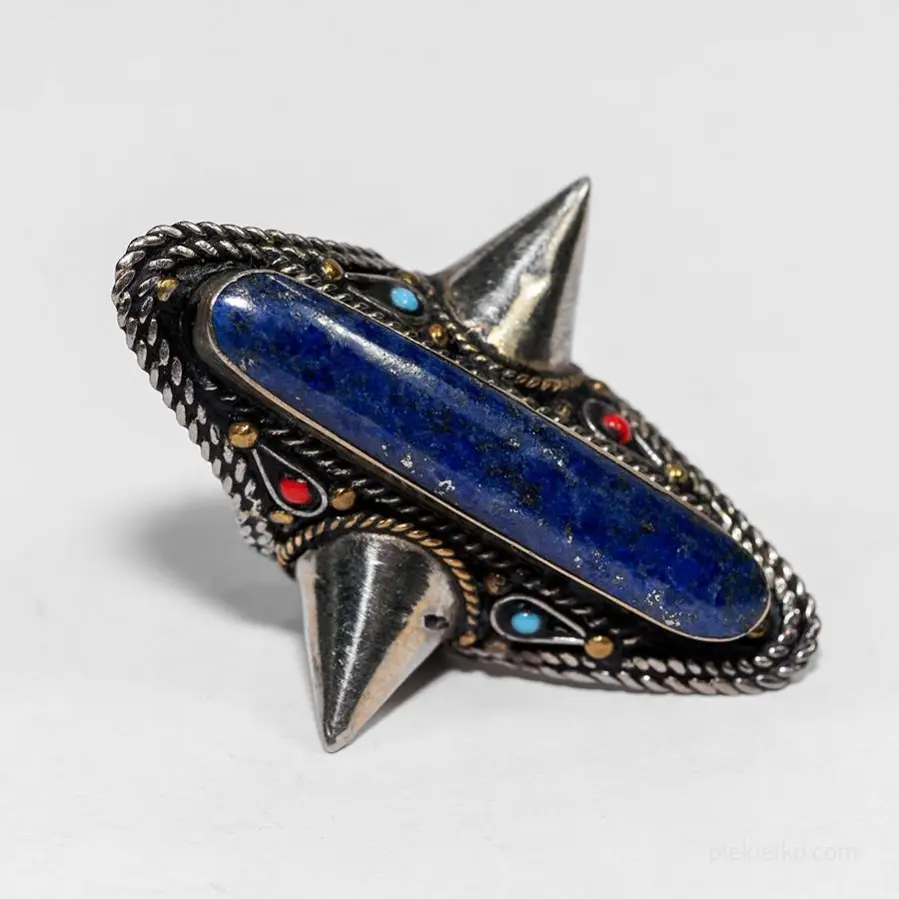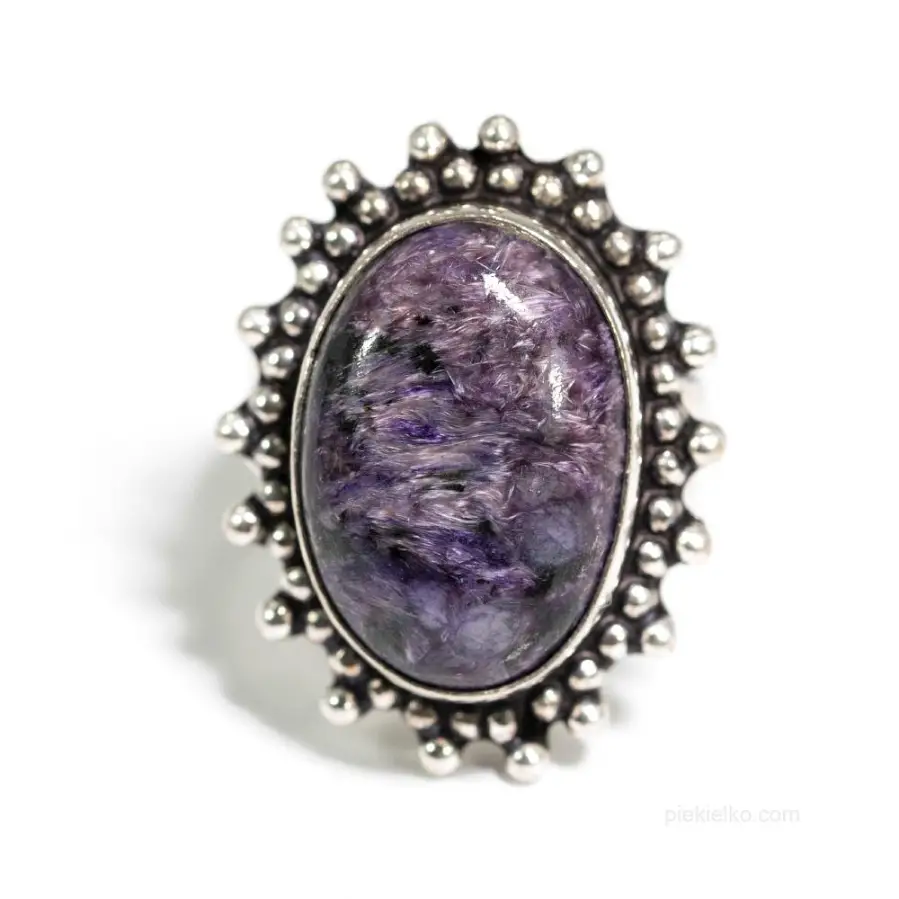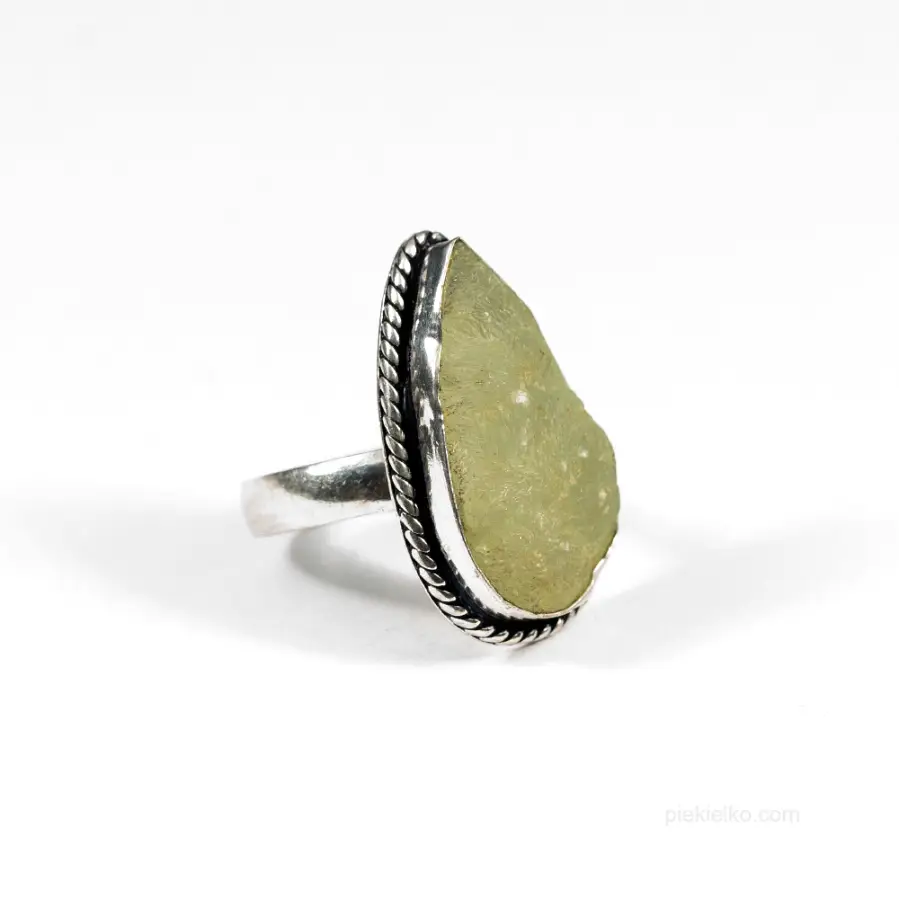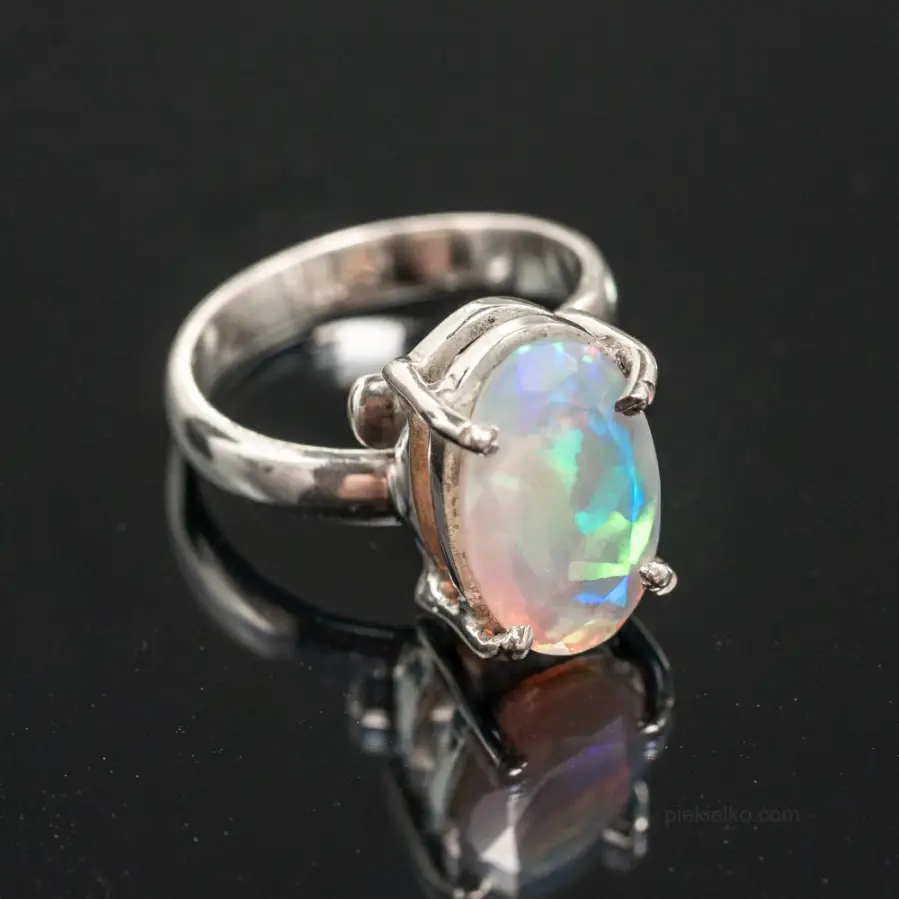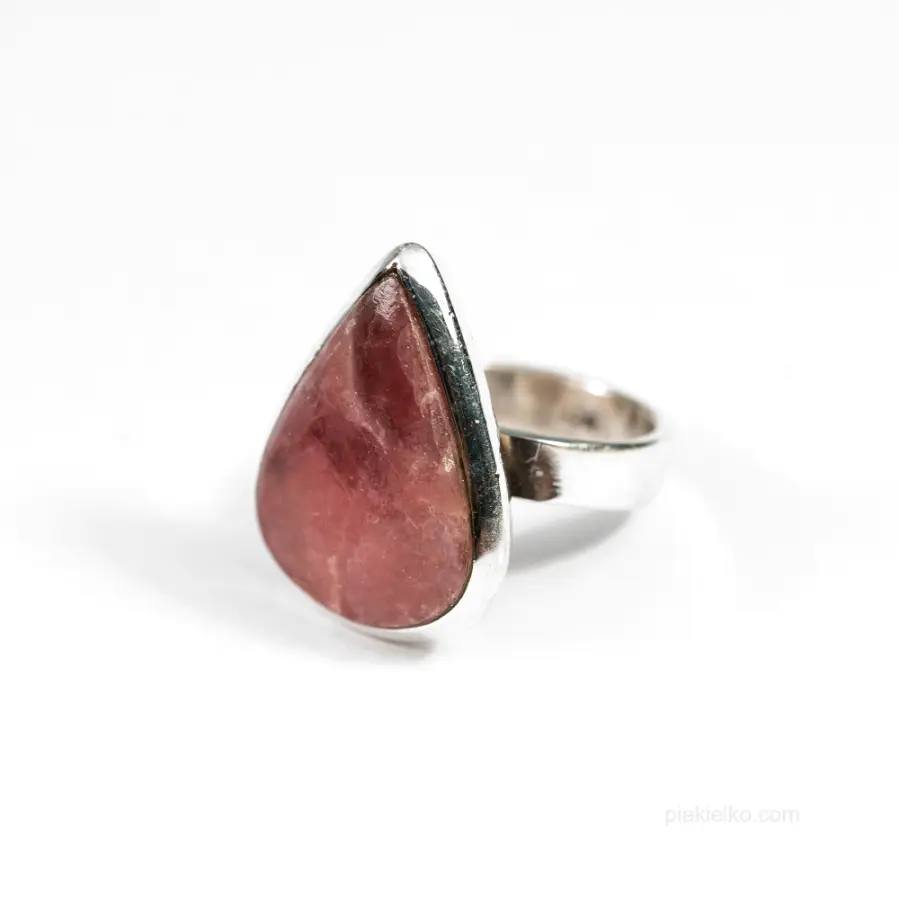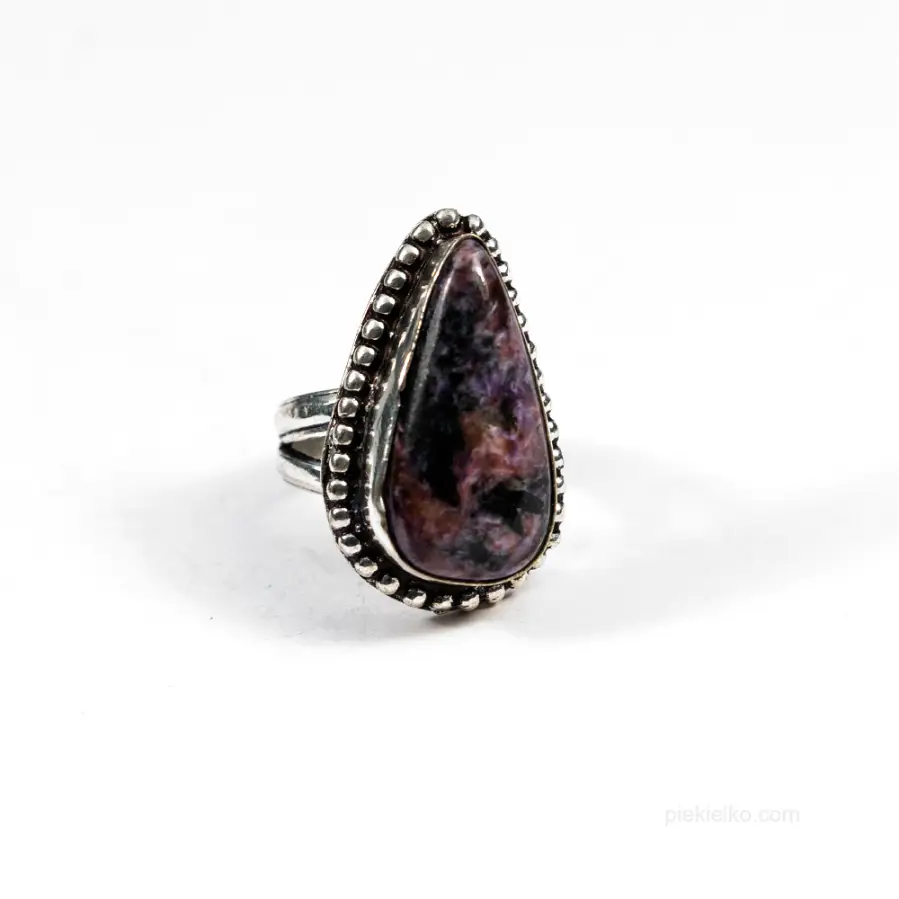Morin chuur - Mongolian fiddle with a horse's head

In Mongolian poetry, the sound of this instrument is compared to the neighing of a horse or the blowing of the wind in the steppe. It is a symbol of Mongolian cultural unity. It is said that Chingis Khan himself owned a personal golden chuur, which he loved, like a jealous husband to his wife, and was ready to kill anyone who would dare to separate them.
Morin chuur, is a two-stringed stringed musical instrument of the Mongolians, whose name consists of two words: morin - horse and chuur - string, voice. The head of the morin chuur's neck is traditionally carved in the shape of a horse's head. Since ancient times it has accompanied draughty heroic-epic songs, dances, and also performed as a solo instrument.
Construction of the instrument
The first stringed instruments appeared in ancient times, when the original hunter discovered the sound produced when rubbing the chords of two bows. Over time, he invented various resonant boxes to amplify the sound.
The square or slightly trapezoidal resonance box of the morin chuur originally consisted of a wooden frame covered with leather, with a small hole in the back wall. Nowadays, wooden panels with European-style "f" shaped holes are usually used.
The long neck is topped with a carved horse head. Two strings run from the bottom of the body to the headstock, where they are attached by pegs projecting sideways. In the middle of the body is a bridge, which transmits the vibrations of the strings to the sound box. The length of the entire instrument is 100-110 cm.
The traditional bow does not have any tensioning mechanism. It is tensioned by the fingers of the player in a variety of ways as needed, which allows precise control over the timbre of the sound. Instead of rosin, Siberian larch or limber pine resin is used to rub the string bristles.
The strings, like the string bristles, are traditionally prepared from the tail hairs of Mongolian horses. The hairs in the strings have no cohesion, i.e. they are not twisted or wrapped. The low ("male") string consists of 130 hairs from the tail of a stallion, while the high ("female") string consists of 105 hairs taken from the tail of a mare. According to Mongolian tradition, the hairs of the "male" string must necessarily come from the tail of a fast, racing horse in order for its qualities to transfer to the instrument. The strings of modern instruments usually consist of about 500 nylon threads.
Tuning and playing the morin chuur
The basic tuning of the "horse-headed violin" is in the Bb F or A E in fifths. The musician changes pitch by pressing the strings with fingernails and fingertips. Since most Mongolian melodies are in the pentatonic scale, the technique of the grip is not too difficult. It is relatively difficult to play treble tones, since the tension of the bow and strings, and the pressure of the finger on the string must be carefully coordinated.
The morin chuur is played seated, with the sound box between the knees and holding the neck at a certain upward angle. It is traditionally a male instrument, widely used for both solo playing and accompaniment. There are many songs in Mongolia called "tatlaga," mostly of historical origin, which are played on both strings of the morin chuur. In doing so, the musician very often imitates natural sounds, such as those of a camel, horse or cow. Some of the best-known pieces include "Jonon khar" (the gallop of a black stallion) and "Builgan shariin yavdal" (the run of a bleating camel).
How was the morin chuur created?
One Mongolian legend attributes the invention of the instrument to a boy named Suche. After the evil khan killed Suche's beloved white horse, the spirit of the horse appeared in the boy's dream and told him to make a musical instrument from his body so that the two would continue to remain inseparable. According to legend, Suche built the first morin chuur by making a violin handle out of horse bone, strings out of horsehair and draping the body with horsehide. He carved the head of the neck in the form of a horse's head.
There is also another legend about the origin of the morin chuura: Well, there lived a knight in the world who owned a winged steed, and whom no one could defeat in battle. However, his enemies lived to see the hero and his horse fall asleep, and they chopped off the horse's wings. The winged mount perished, and in memory of him, the knight built the first morin chuur from its bones, skin and bristles. He played the newborn instrument, and in its sounds heard again the voice of his favorite mount. To this day, a skilled musician easily manages to extract from the morin chuur the most varied tones of a horse's neighing.
Unexpected uses of the morin chuur
In the daily life of Mongolian nomads, the morin chuur has another important significance. It sometimes happens that a camel woman, after giving birth to a camel baby, due to various stressful situations, does not allow the baby to come to her. When this happens, Mongolians use the morin chuur to play melodies called "choosloch," which calms the stressed camel mother and she decides to take her baby in. In the event that a camel mother dies after giving birth, Mongolians use the "choosloch" technique to persuade another animal to take care of the newborn.
In general, all stringed instruments came very late into the lives of settled nations. The use of horsehair and leather required even a simple musician to have his own animal, which was only possible among nomadic nations. According to the opinion of many researchers, the morin chuur is if not a direct ancestor, then certainly the "half-great-grandfather" of modern string instruments, which did not appear in Europe until the late Middle Ages.
- Created on .
- Last updated on .
- Hits: 10642




